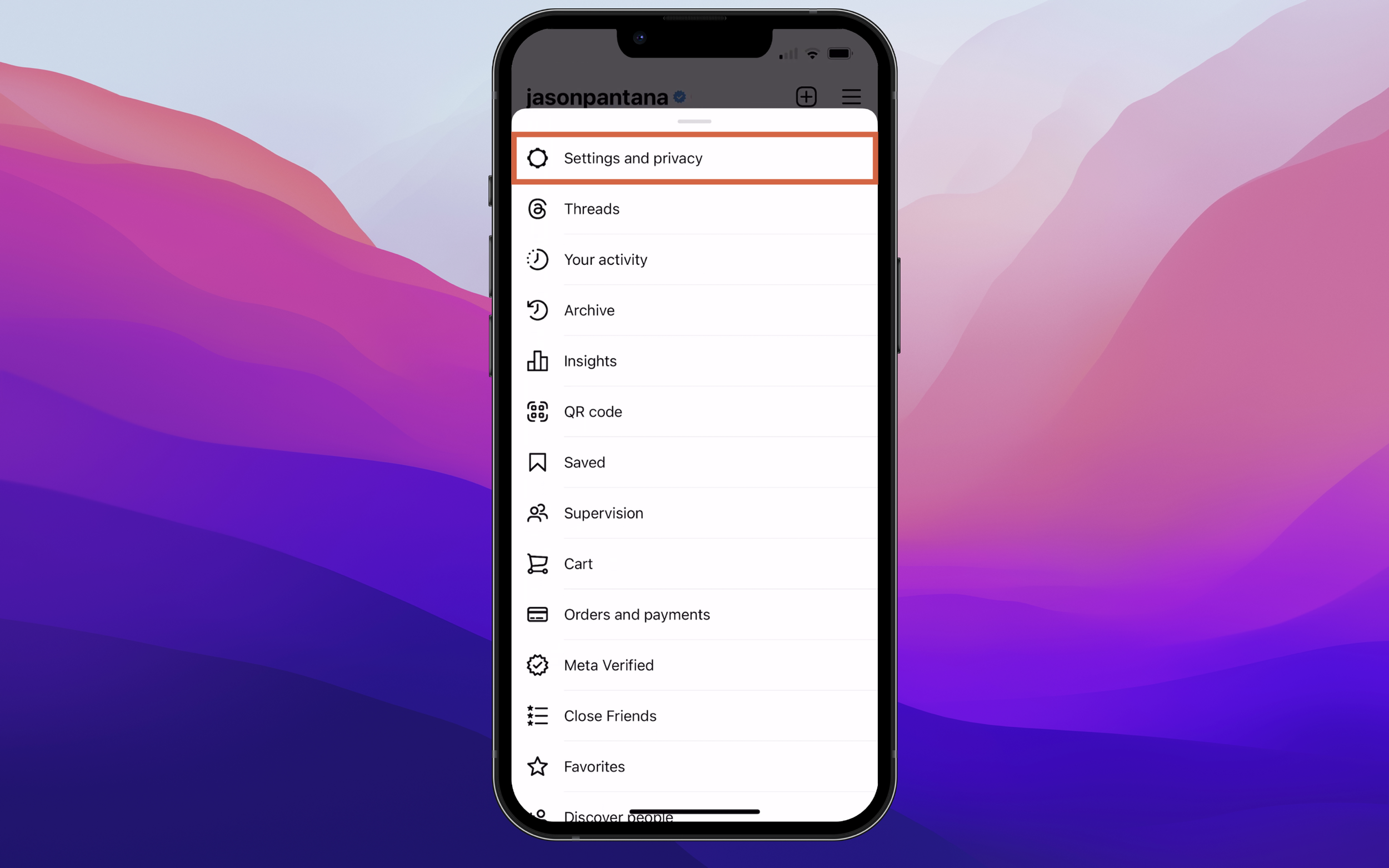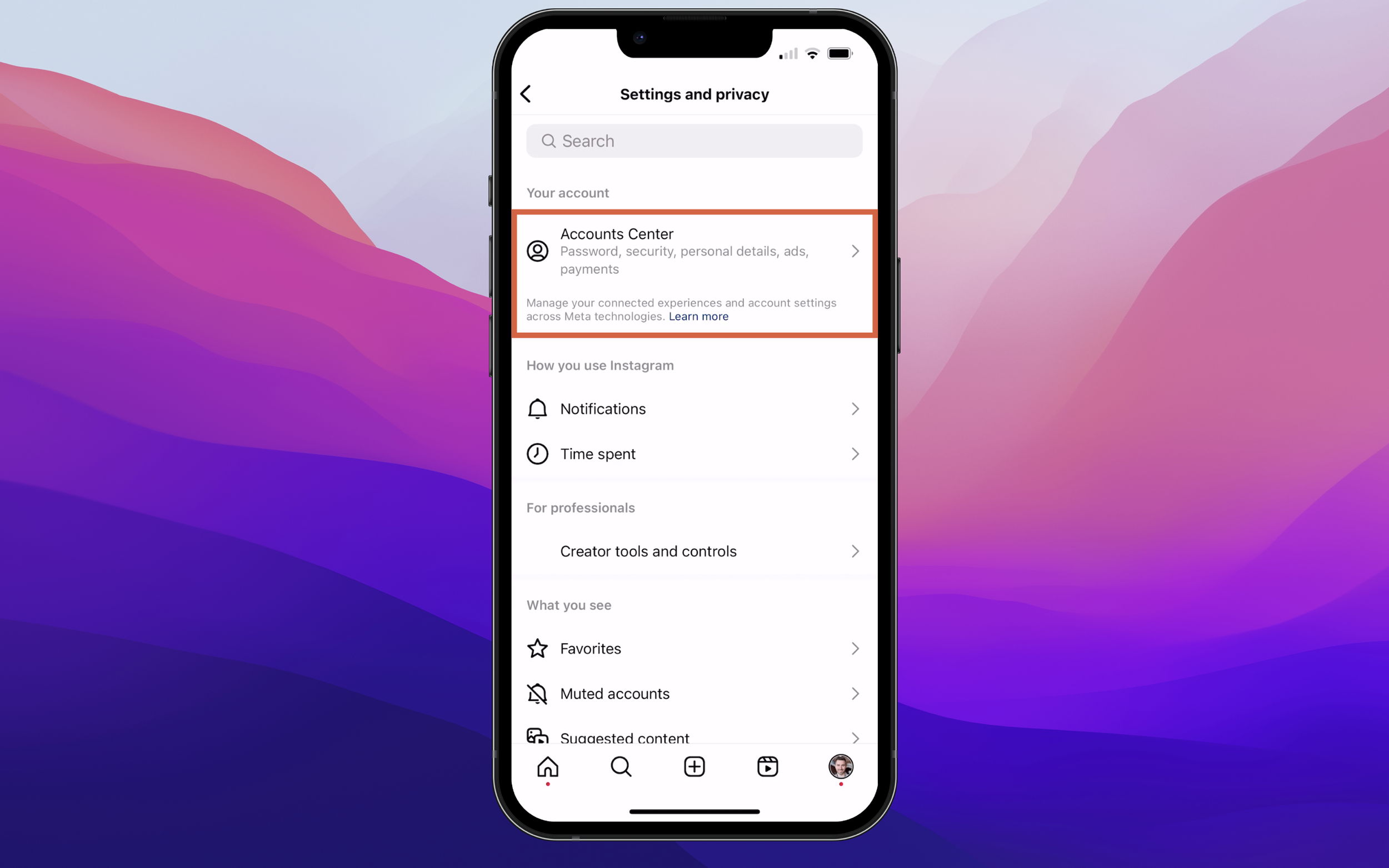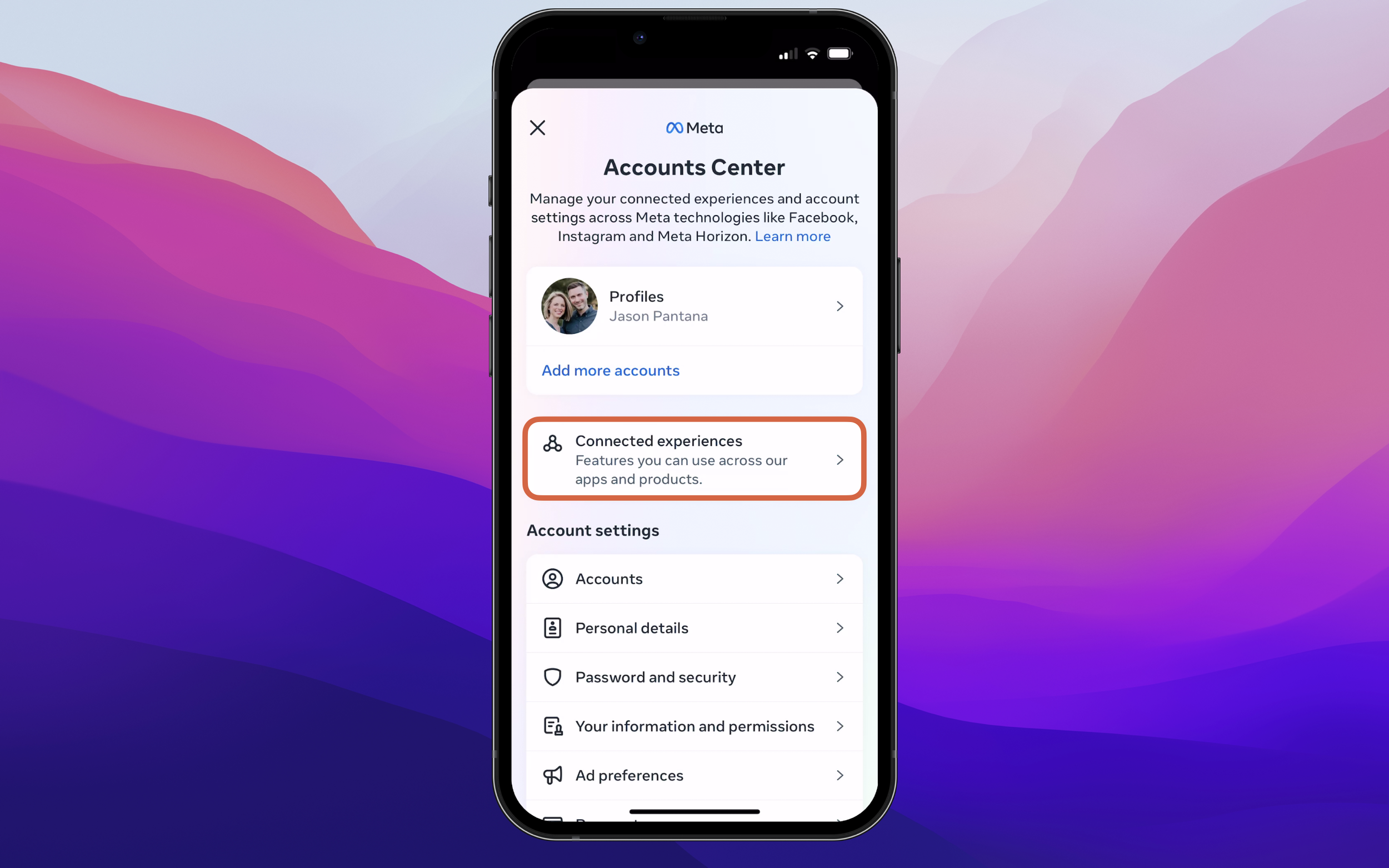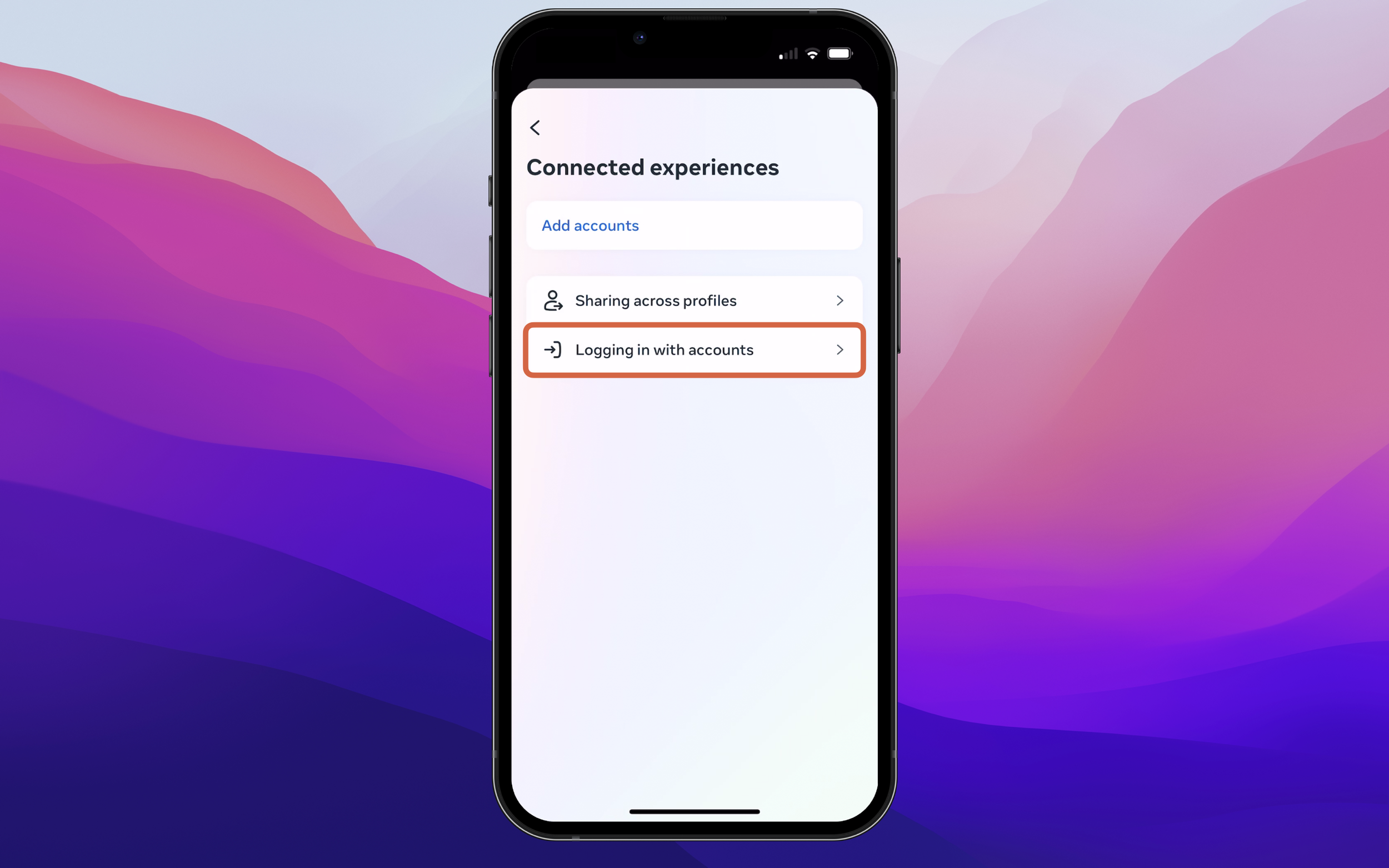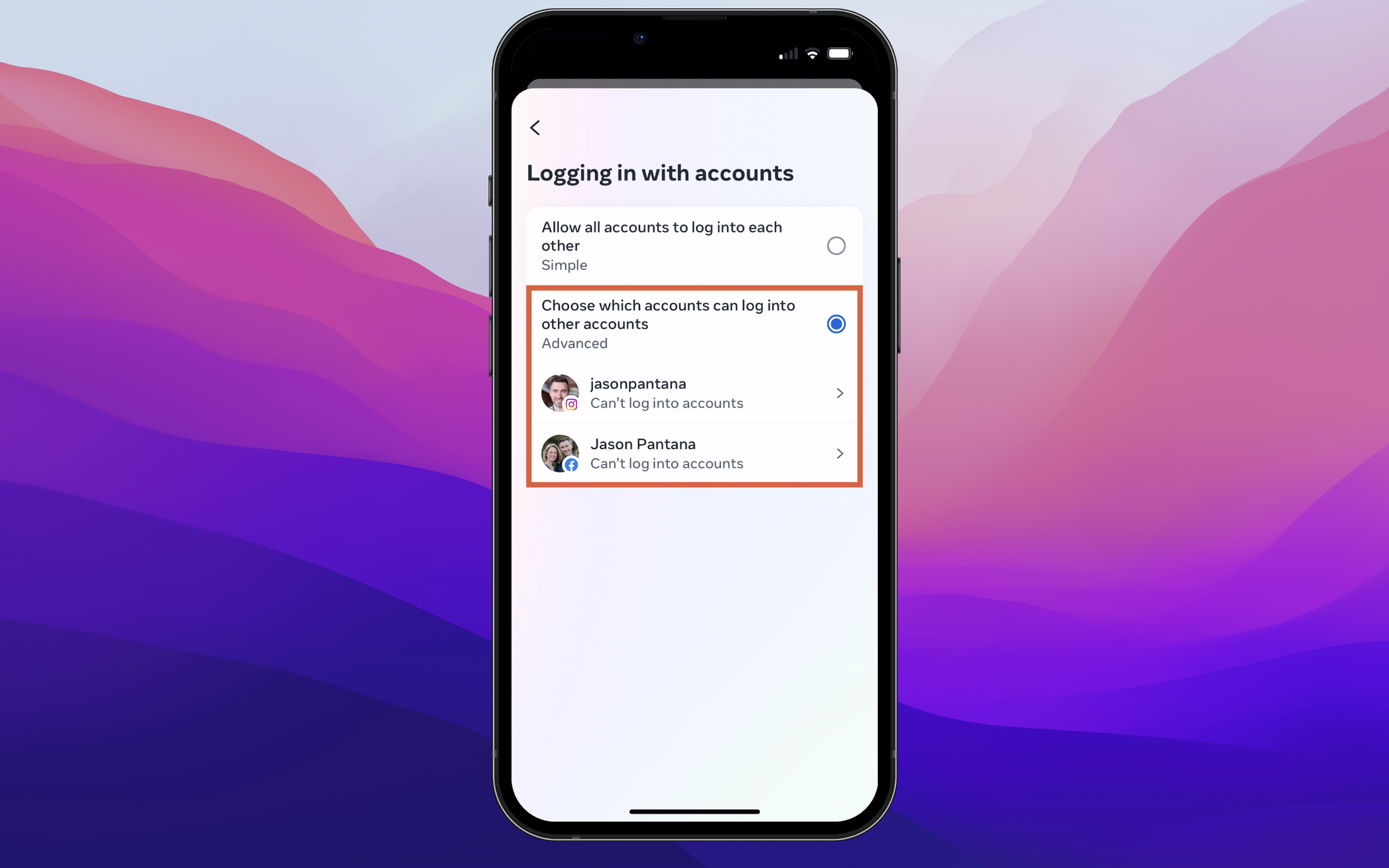It’s sort of like the old saying:
If a tree 🌳 falls in a forest and no one is around to see it fall, did it make a sound?
The truth is, if nobody was around, then WHO REALLY CARES⁉ 🤷♂️
The same principle applies in your content marketing. Videos with hardly any views, posts without hearts, saves, or comments—for all intents and purposes—never actually happened.
We know social networks and search engines alike—algorithmically speaking—simply do not rank or circulate content that doesn’t perform.
And if your content never appears before its intended audience, then, honestly, who really cares!? For all intents and purposes, it’s as if that content never actually happened.
So… 🤔 what to do?
Whatever should you do? Well, one idea, for instance, is to ante up 💰and pay-to-play—Boost your posts on Facebook and Instagram to purchase the desired attention.
Granted, your issue could be—and, to put it bluntly—probably is the content itself. I’m not trying to sound negative or insulting here, but I’d be remiss if I didn’t bring that up. And if your content isn’t performing organically, presumably, it won’t perform as an ad either. A discussion for another time, perhaps.
Additionally, Boosting introduces yet another step in an already laborious content-publishing process. And what’s more, there’s a learning curve to it: declaring ad objectives with every promotion, specifying your target audience(s), setting budgets, and so forth. It’s not as effortless as you’d think.
And to do it with every post!?—that’s just inefficient. Once again, some of your posts will make for effective ads, others won’t. For those that don’t, it’s purely a waste of money. (Ref. my comments above about poorly performing content.)
Still, something has to be done. After all, if your content isn’t reaching its intended audience -- or, better yet, if it is but not the the extent it deserves, considering its quality -- then a paid strategy makes perfect sense. I mean, my goodness, if the content is performing organically (on a small scale), then all the more reason to double-down via paid promotions to expand the size of your audience by an order of magnitude.

